Report on Contemporary Issues and Challenges in Healthcare Sector
VerifiedAdded on 2023/06/18
|13
|1123
|429
Report
AI Summary
This report examines contemporary issues within the healthcare sector, focusing on workforce shortages and funding limitations impacting the National Health Service (NHS) in England. The shortage of over 100,000 staff, projected to reach 250,000 by 2030, is attributed to poor workforce planning, reduced training funding, and inequalities in pay and career opportunities. The report highlights the impact of these shortages on service quality, resource availability, and patient safety, particularly in critical care units. It further discusses the effects on the care of individuals with chronic illnesses and potential increases in health inequalities. Civic interventions such as performance-based incentives, task shifting, and cost-saving policies are proposed to address these challenges. Service-based interventions, including strengthening governance, e-learning, telemedicine, client feedback, and collaborative partnerships, are also explored. The report concludes by emphasizing the need for continuous evaluation and support through schemes governed by the National Health Service Act 2006 and the Care Act 2014, alongside tools for cost-effectiveness and local action.
1 out of 13

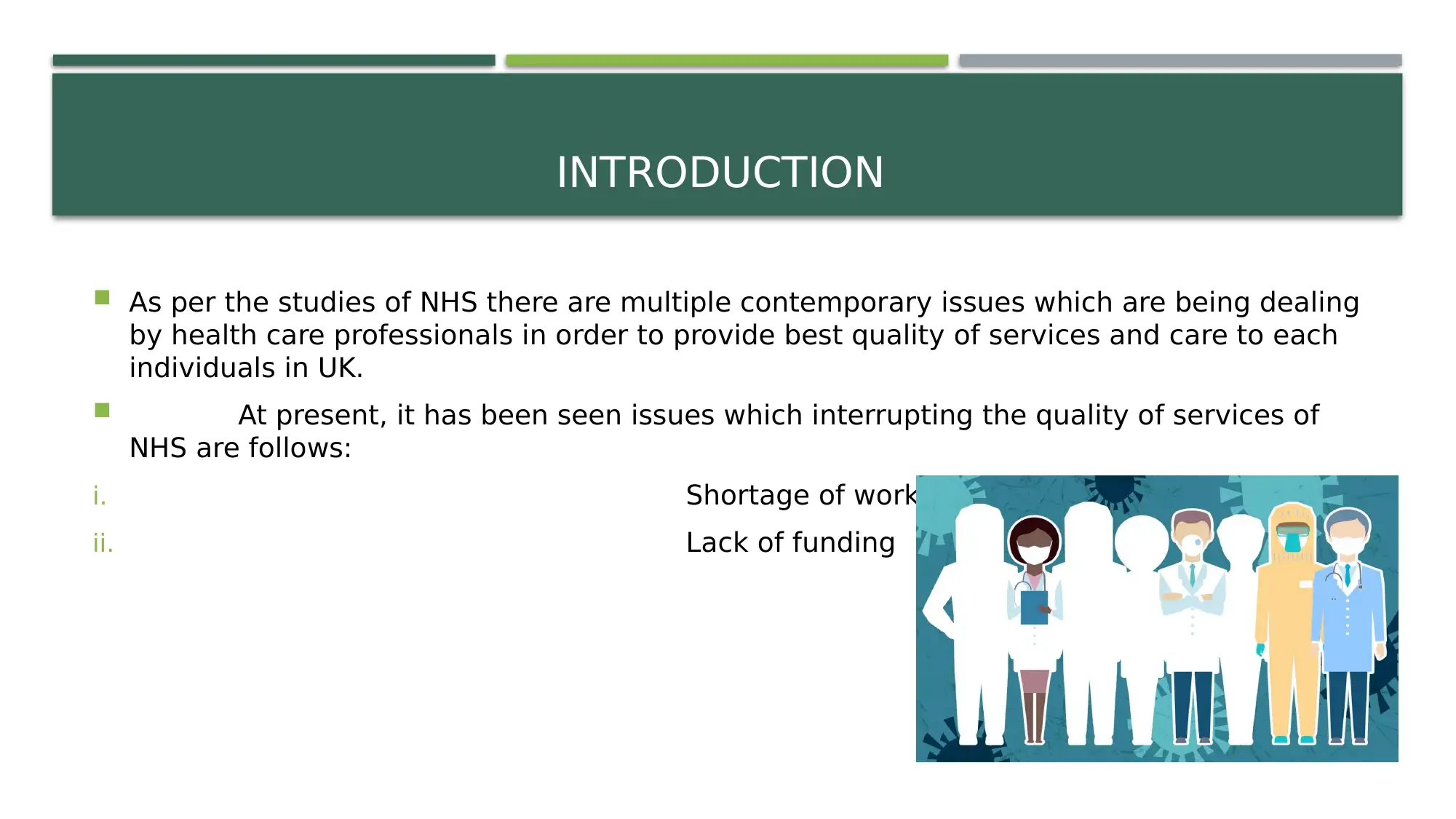
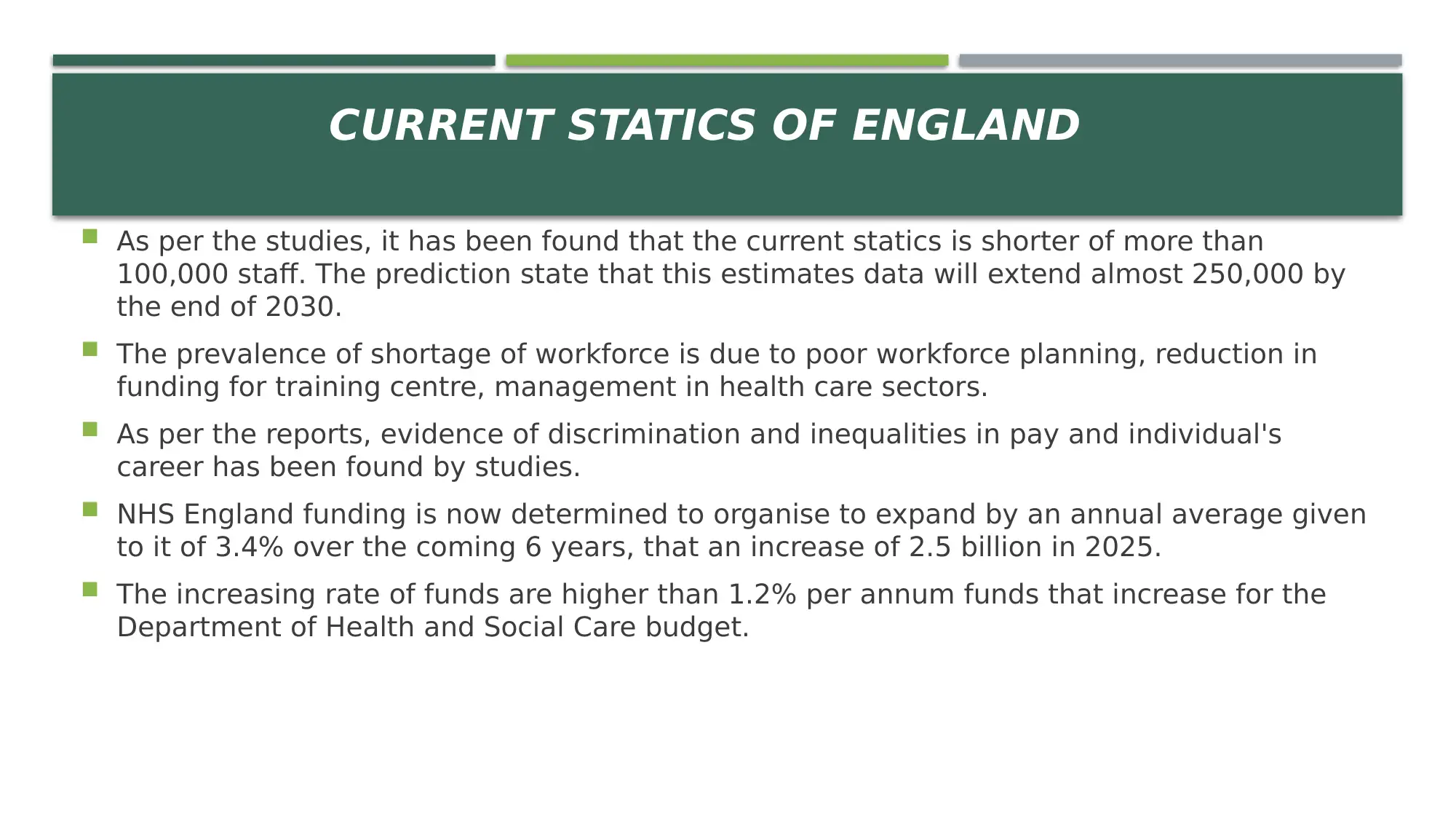

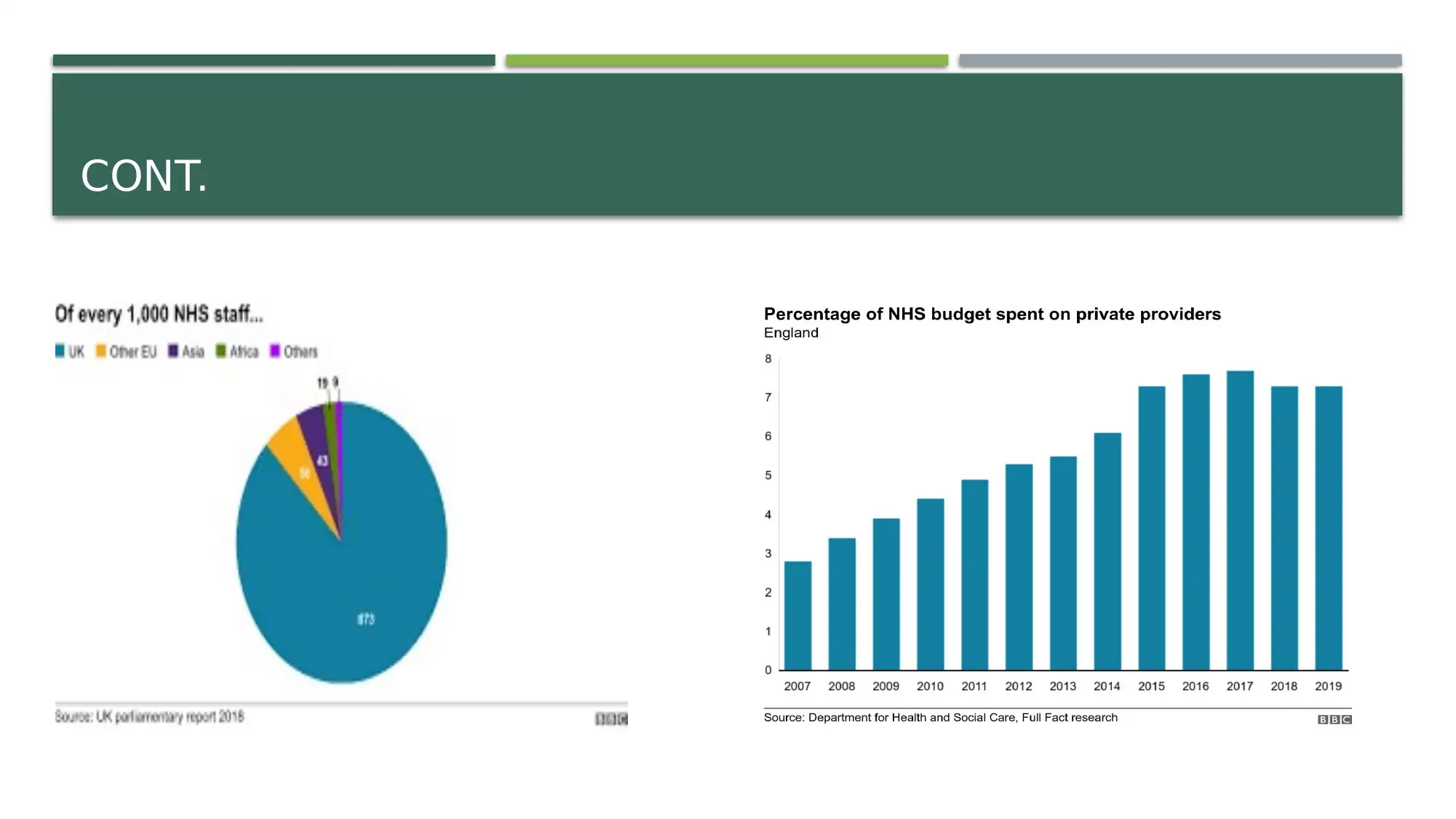
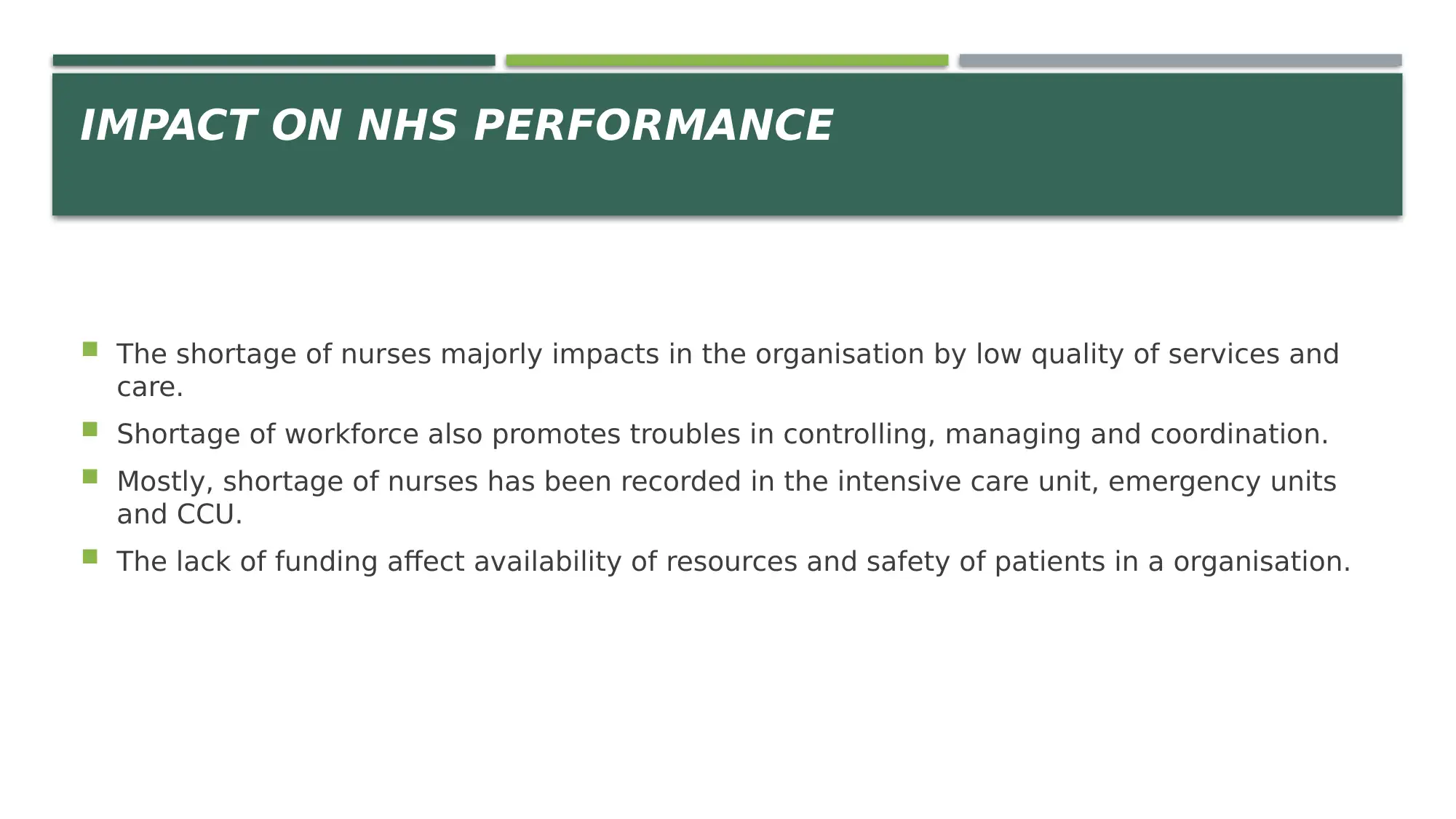
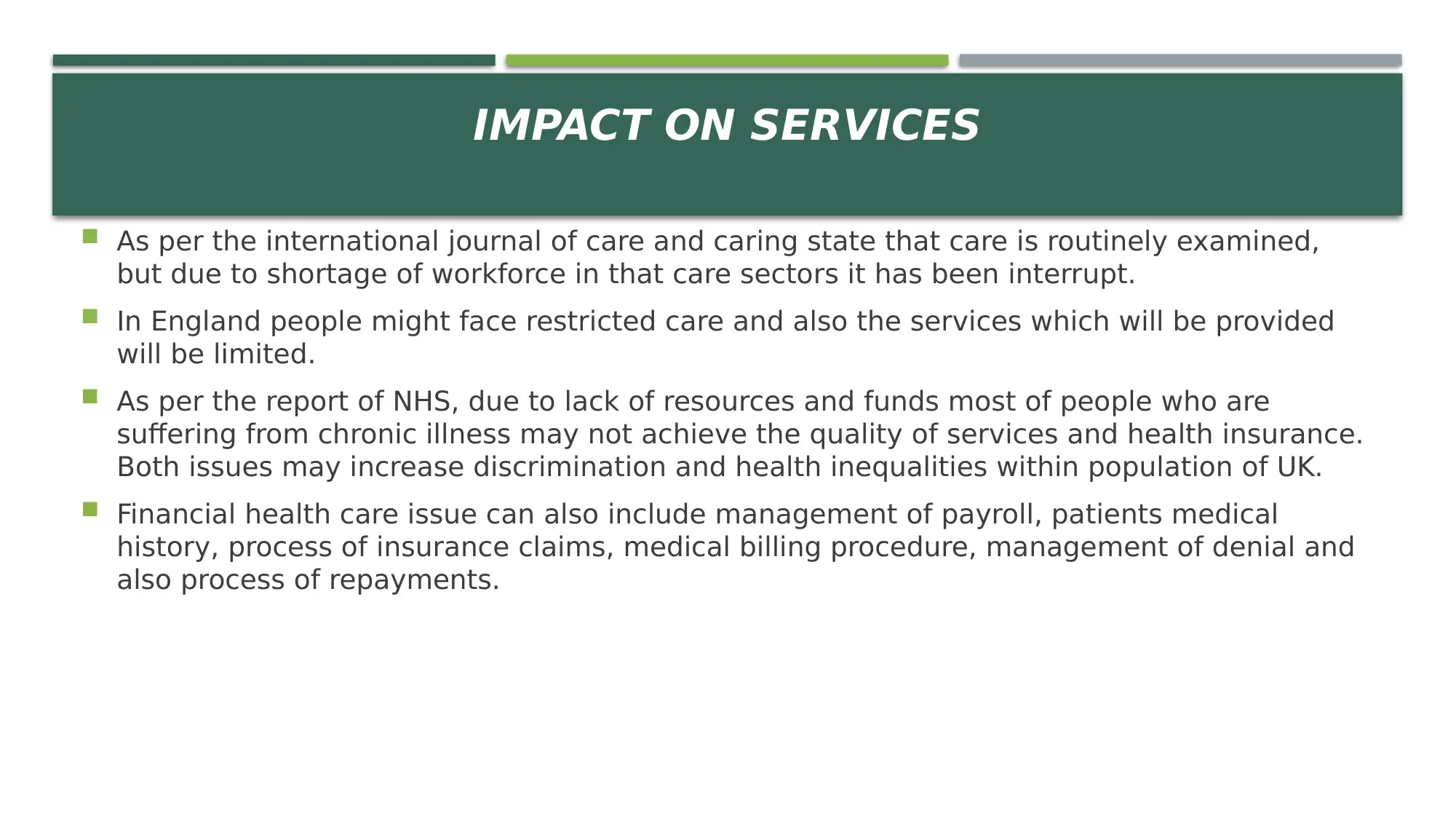
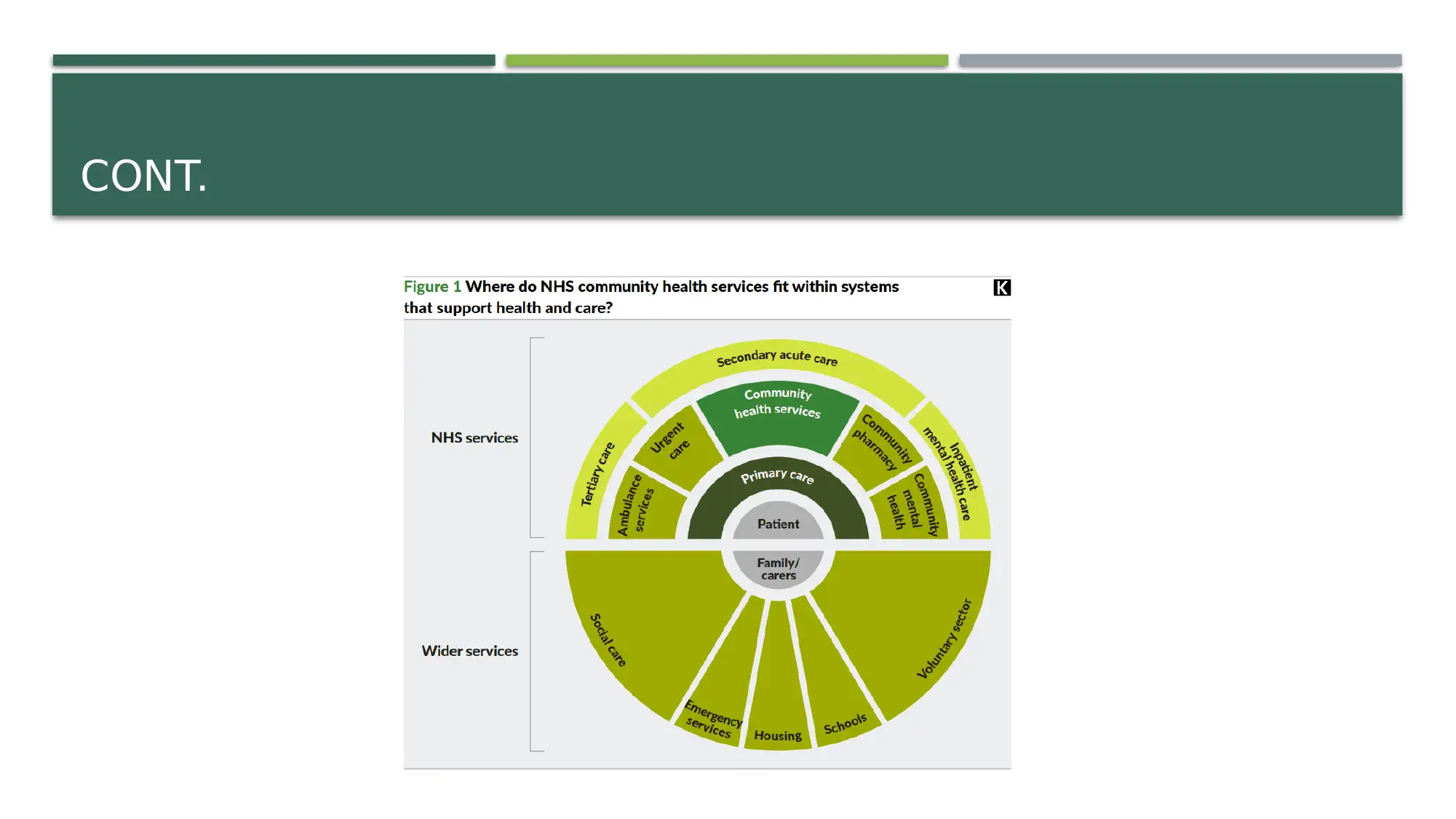
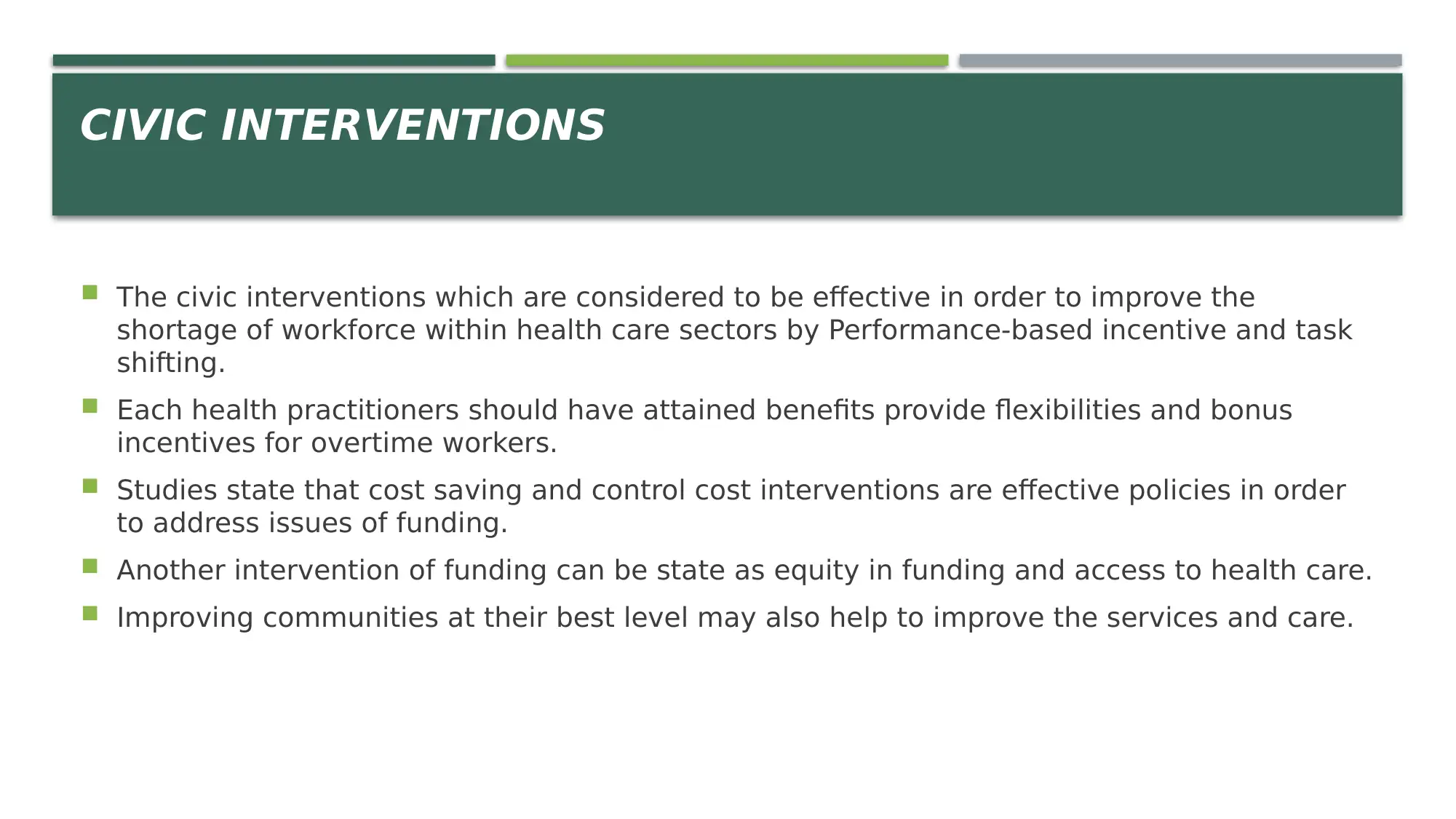
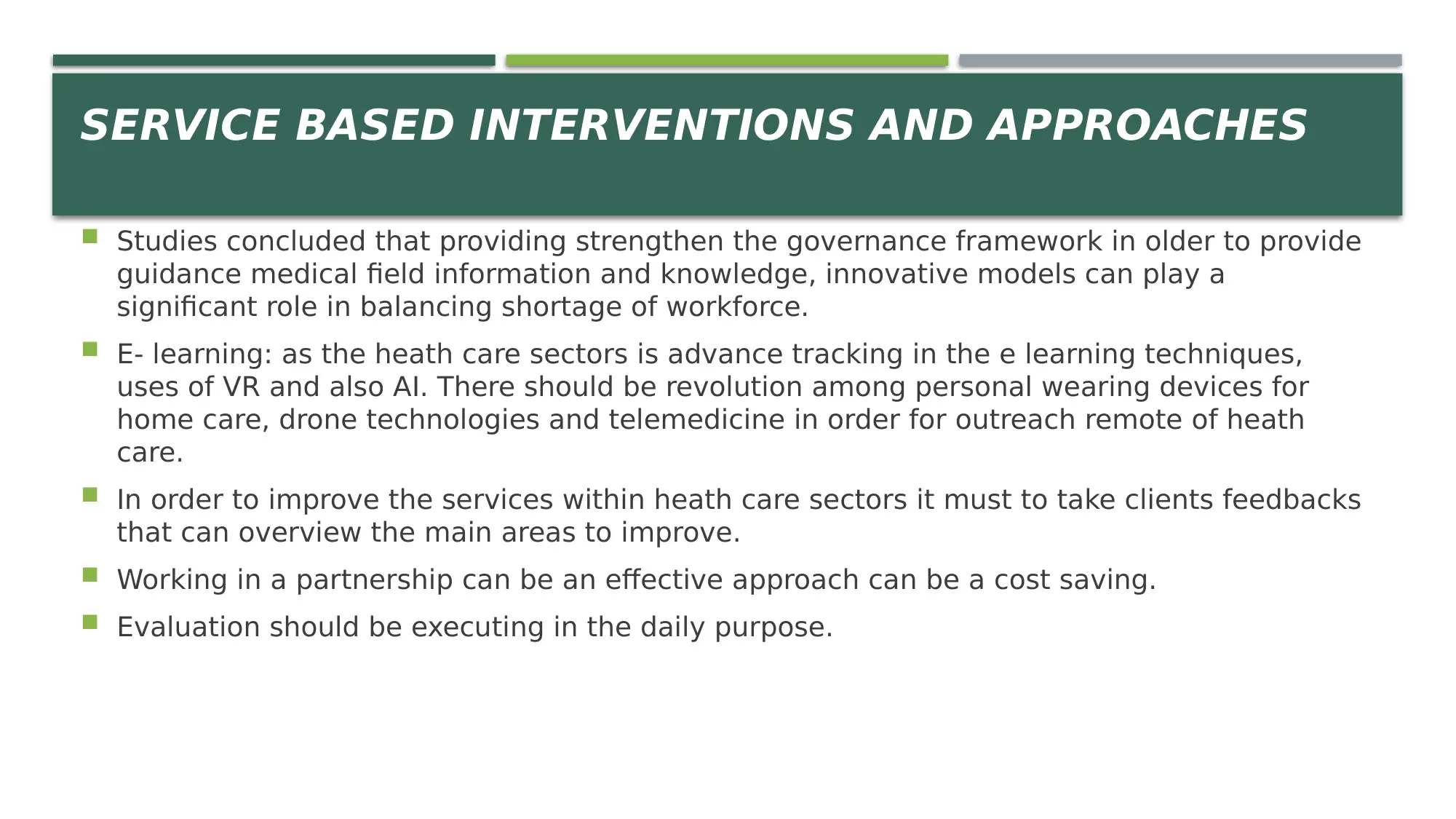
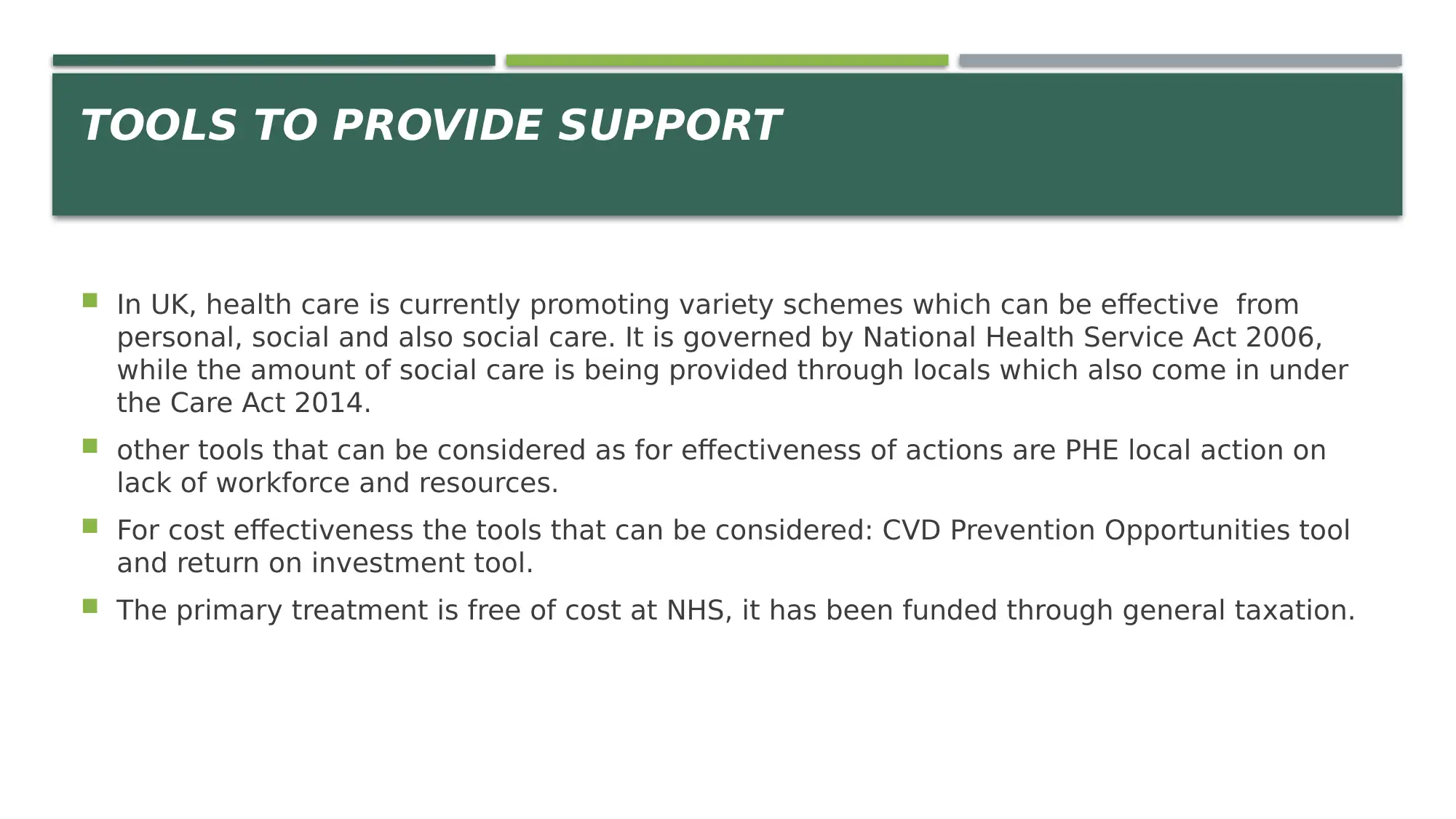
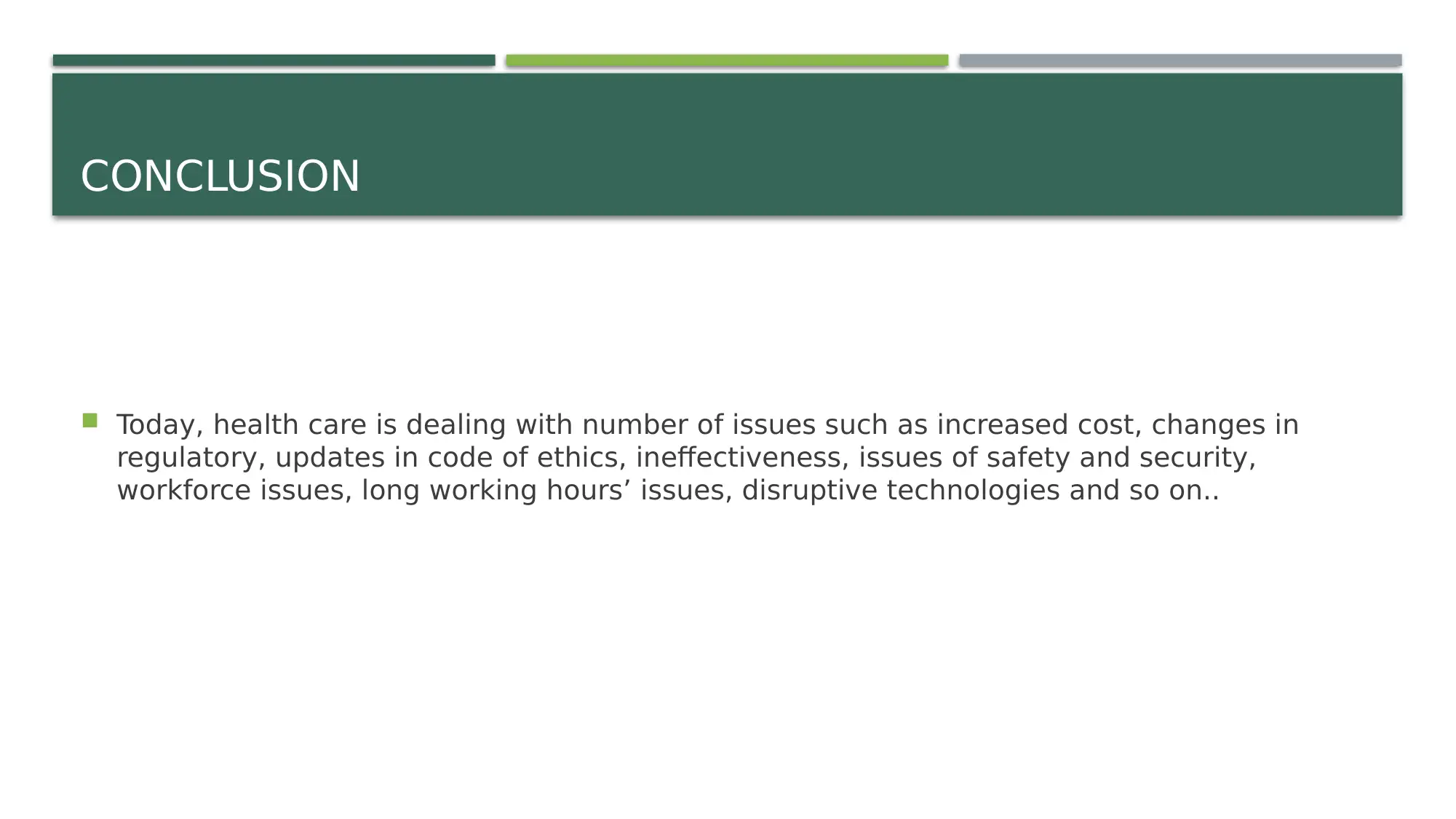
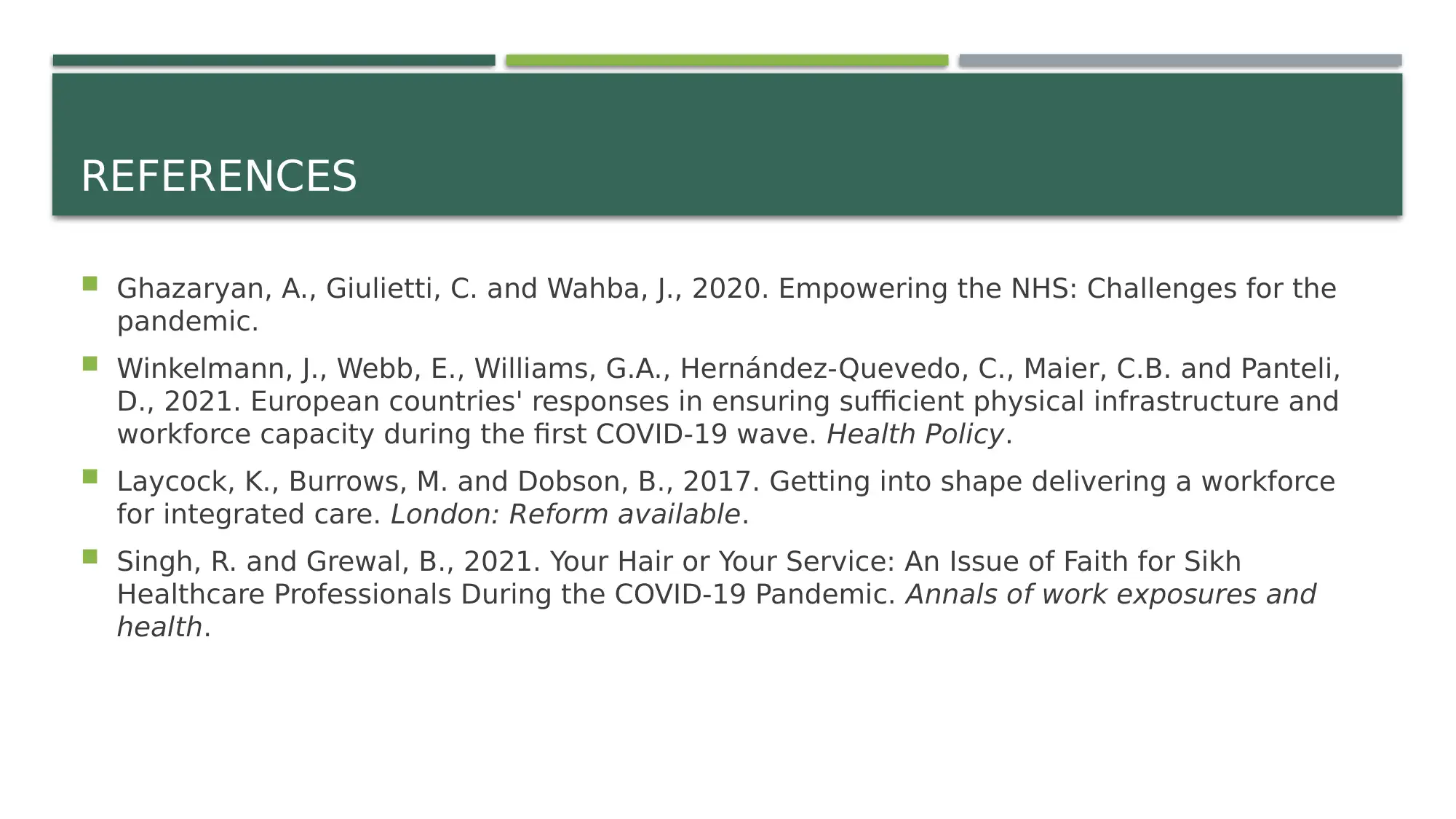






![[object Object]](/_next/static/media/star-bottom.7253800d.svg)